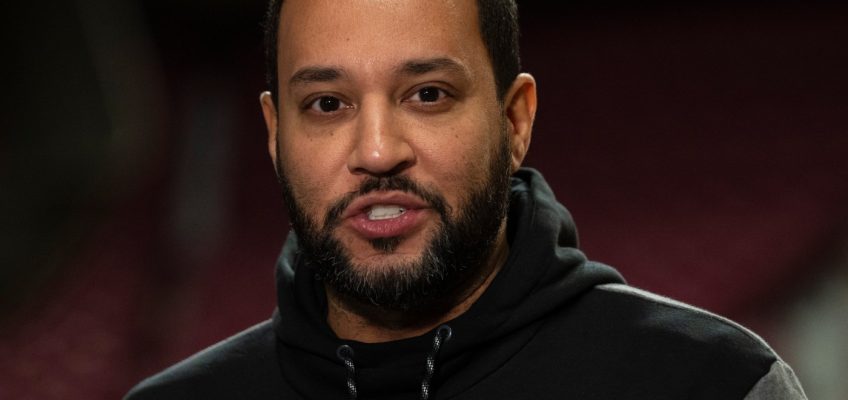Today is Tuesday, Nov. 26, the 331st day of 2024. There are 35 days left in the year.
Today in history:
On Nov. 26, 2008, teams of heavily armed militants from the terrorist group Lashkar-e-Taiba stormed luxury hotels, a popular restaurant and a crowded train station in Mumbai, India, leaving at least 175 people dead (including nine of the attackers) in a rampage spanning four days.
Also on this date:
In 1791, President George Washington held his first full cabinet meeting; in attendance were Secretary of State Thomas Jefferson, Secretary of the Treasury Alexander Hamilton, Secretary of War Henry Knox and Attorney General Edmund Randolph.
Related Articles
Today in History: November 25, John F. Kennedy laid to rest at Arlington
Today in History: November 24, Jack Ruby shoots Lee Harvey Oswald
Today in History: November 23, former KGB spy and Putin critic dies in London
Today in History: November 22, John F. Kennedy is assassinated in Dallas
Today in History: November 21, Las Vegas hotel fire claims 85 lives
In 1864, English mathematician and writer Charles Dodgson presented a handwritten and illustrated manuscript, “Alice’s Adventures Under Ground,” to his 12-year-old friend Alice Pleasance Liddell; the book was later turned into “Alice’s Adventures in Wonderland,” published under Dodgson’s pen name, Lewis Carroll.
In 1917, the National Hockey League was founded in Montreal, succeeding the National Hockey Association.
In 1941, U.S. Secretary of State Cordell Hull delivered a note to Japan’s ambassador to the United States, Kichisaburo Nomura (kee-chee-sah-boor-oh noh-moo-rah), setting forth U.S. demands for “lasting and extensive peace throughout the Pacific area.” The same day, a Japanese naval task force consisting of six aircraft carriers left the Kuril Islands, headed toward Hawaii.
In 1942, the film ‘Casablanca,’ starring Humphrey Bogart and Ingrid Bergman, premiered at the Hollywood Theater in New York City.
In 1973, President Richard Nixon’s personal secretary, Rose Mary Woods, told a federal court that she’d accidentally caused part of the 18-1/2-minute gap in a key Watergate tape.
In 2000, Florida Secretary of State Katherine Harris certified George W. Bush the winner over Al Gore in the state’s presidential balloting by a 537-vote margin.
Today’s Birthdays:
Impressionist Rich Little is 86.
Football Hall of Famer Jan Stenerud is 82.
Author Marilynne Robinson is 81.
Bass guitarist John McVie (Fleetwood Mac) is 79.
Football Hall of Famer Art Shell is 78.
Sen. Shelley Moore Capito, R-W.Va., is 71.
Football Hall of Famer Harry Carson is 71.
NASCAR Hall of Famer Dale Jarrett is 68.
Country singer Linda Davis is 62.
Actor-TV personality Garcelle Beauvais is 58.
Actor Peter Facinelli is 51.
DJ-music producer DJ Khaled (KAL’-ehd) is 49.
Country musician Joe Nichols is 48.
Pop singer Natasha Bedingfield is 43.
Actor-singer-TV personality Rita Ora is 34.




